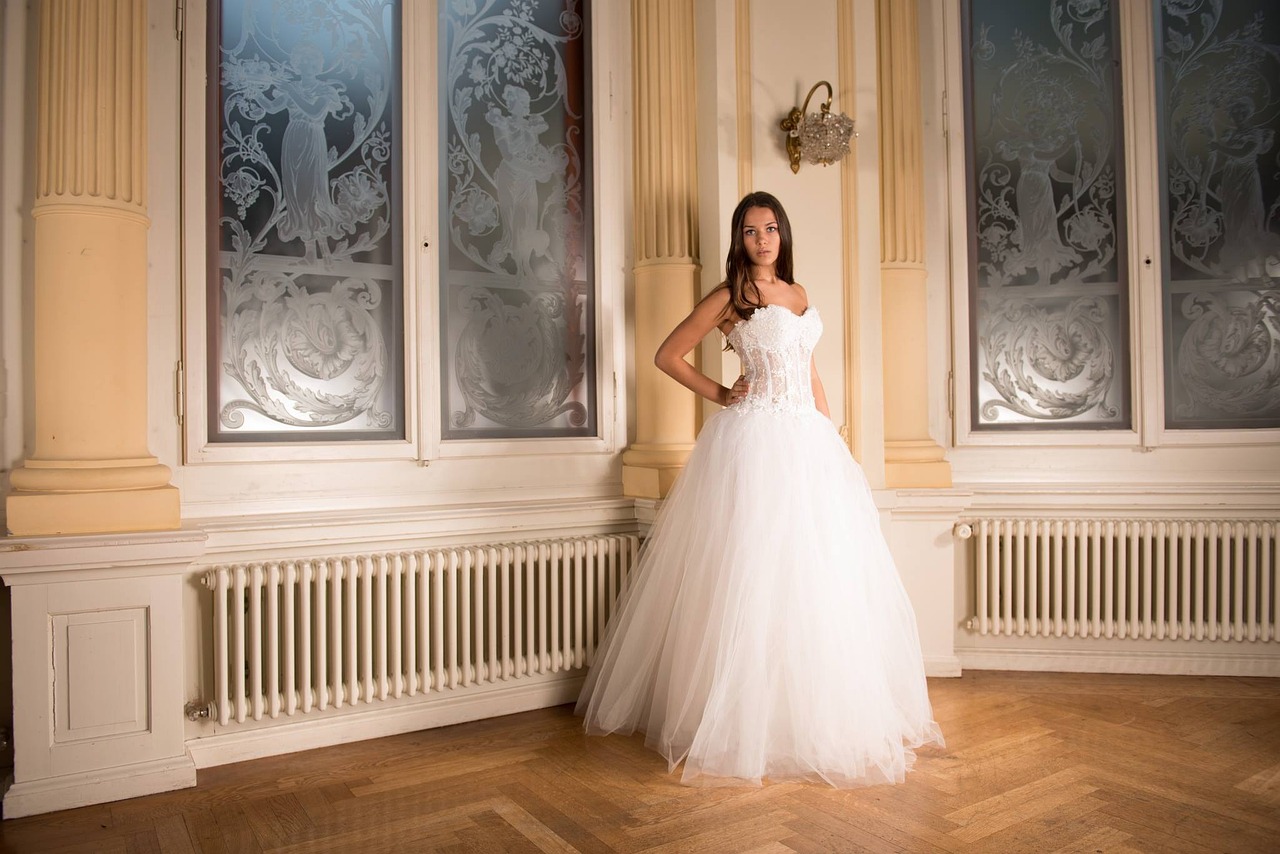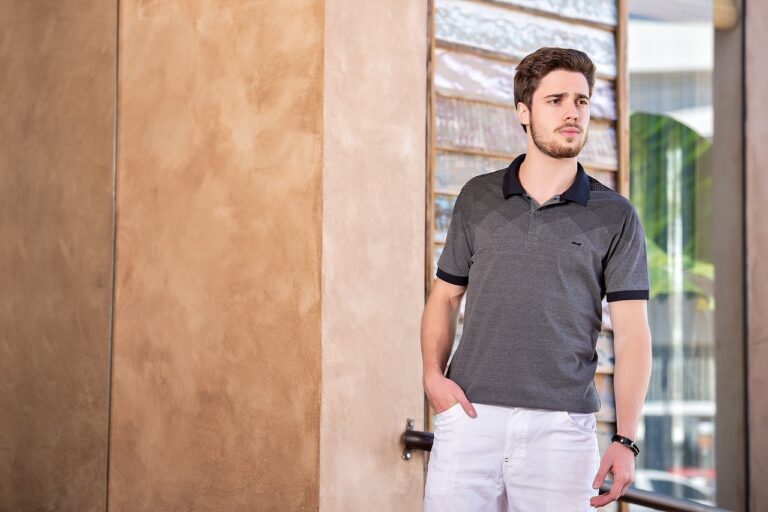Luxury Fashion Brands Going Green: A Sustainability Analysis
Many luxury fashion brands are now incorporating eco-friendly materials into their collections, reflecting a growing trend towards sustainability in the industry. From biodegradable fabrics to recycled materials, these brands are making conscious choices to reduce their environmental impact without compromising on style or quality.
This shift towards eco-friendly materials is not only a reflection of changing consumer values but also a strategic decision for brands to remain competitive in a rapidly evolving market. By embracing sustainable practices, luxury fashion brands are not only appealing to a more environmentally conscious audience but also positioning themselves as leaders in the movement towards a more sustainable fashion industry.
The Rise of Sustainable Production Practices in High-End Fashion
In recent years, high-end fashion brands have been making significant strides towards adopting sustainable production practices. From sourcing eco-friendly materials to implementing ethical manufacturing processes, luxury fashion houses are increasingly prioritizing environmental responsibility. This shift is not only driven by consumer demand for ethically produced goods but also by the industry’s recognition of the urgent need to address the environmental impact of fast fashion.
Luxury brands are exploring innovative ways to reduce their carbon footprint, such as integrating recycled materials into their collections and investing in energy-efficient manufacturing methods. By embracing sustainable practices, these fashion houses are not only demonstrating their commitment to social and environmental concerns but also setting a new standard for the industry as a whole. As consumers become more conscious of the environmental consequences of their purchases, the demand for sustainable luxury fashion continues to grow, prompting brands to further revolutionize their production processes.
– Luxury brands are sourcing eco-friendly materials
– Implementing ethical manufacturing processes
– Prioritizing environmental responsibility
– Reducing carbon footprint by integrating recycled materials into collections
– Investing in energy-efficient manufacturing methods
Innovative Ways Luxury Brands are Reducing Their Carbon Footprint
Luxury fashion brands are increasingly looking for innovative ways to reduce their carbon footprint. One approach they are taking is sourcing materials locally to minimize transportation emissions. By partnering with local suppliers and producers, brands can significantly cut down on the environmental impact of their supply chain.
Another strategy luxury brands are adopting is investing in renewable energy sources for their manufacturing processes. By switching to solar or wind energy, these brands can decrease their reliance on fossil fuels and lower their overall carbon emissions. This shift towards sustainable energy not only reduces environmental harm but also aligns with the growing consumer demand for ethically produced goods.
How are luxury fashion brands embracing eco-friendly materials?
Luxury fashion brands are increasingly using sustainable materials such as organic cotton, recycled polyester, and Tencel in their collections to reduce their environmental impact.
What are some examples of sustainable production practices in high-end fashion?
Some examples of sustainable production practices in high-end fashion include using renewable energy sources, implementing water-saving techniques, and reducing waste through recycling and upcycling.
How are luxury brands reducing their carbon footprint?
Luxury brands are reducing their carbon footprint by implementing energy-efficient practices in their manufacturing processes, using sustainable materials, and offsetting their carbon emissions through initiatives such as tree-planting projects.







